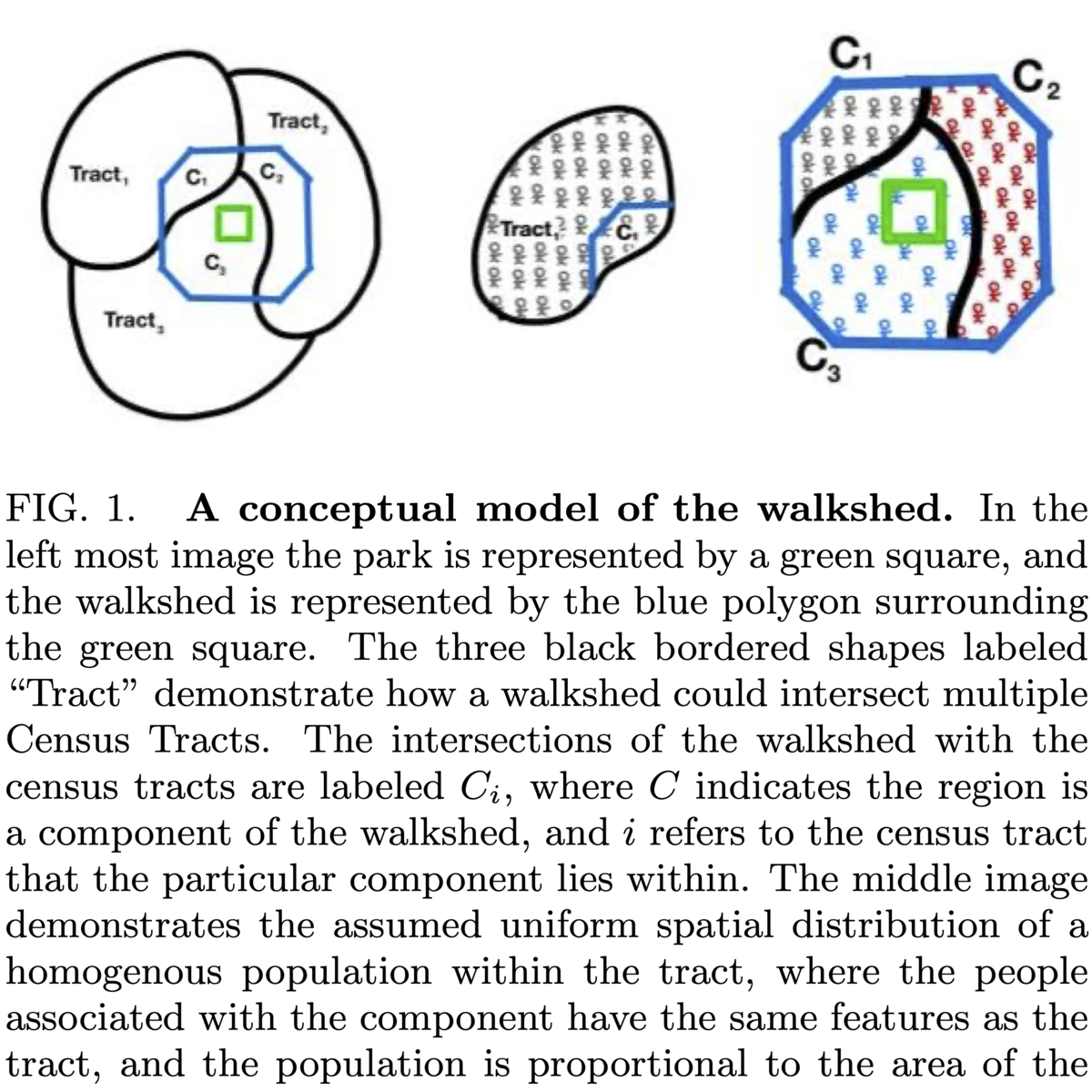Park visitation and walkshed demographics in the United States
K. Linnell, M. Fudolig, L. Bloomfield, T. McAndrew, T. H. Ricketts, J. P. M. O'Neil-Dunne, P. S. Dodds, and C. M. Danforth

Times cited: 1
Abstract:
A large and growing body of research demonstrates the value of local parks to mental and physical well-being. Recently, researchers have begun using passive digital data sources to investigate equity in usage; exactly who is benefiting from parks? Early studies suggest that park visitation differs according to demographic features, and that the demographic composition of a park's surrounding neighborhood may be related to the utilization a park receives. Employing a data set of park visitations generated by observations of roughly 50 million mobile devices in the US in 2019, we assess the ability of the demographic composition of a park's walkshed to predict its yearly visitation. Predictive models are constructed using Support Vector Regression, LASSO, Elastic Net, and Random Forests. Surprisingly, our results suggest that the demographic composition of a park's walkshed demonstrates little to no utility for predicting visitation.
- This is the default HTML.
- You can replace it with your own.
- Include your own code without the HTML, Head, or Body tags.
BibTeX:
@misc{linnell2023a,
author = {K. Linpnell, M. Fudolig, L. Bloomfield, T. McAndrew, T. H. Ricketts, J. P. M. O'Neil-Dunne, P. S. Dodds, C. M. Danforth},
title = {Park visitation and walkshed demographics in the {U}nited {S}tates},
year = {2023},
OPtpages = {},
note = {Available online at
\href{https://arxiv.org/abs/2305.12160}{https://arxiv.org/abs/2305.12160}},
}